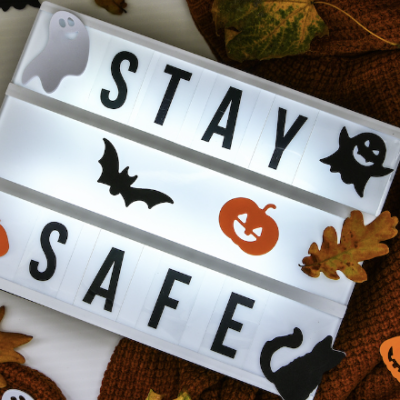Summer Safety
Wednesday, July 1, 2020 Amanda Coniglio
The sun is shining, and temperatures are steadily rising, and so are workplace hazards for outdoor workers. Whether their workplace is a construction site, a farm, a park, a landscape job, etc., outdoor workers are exposed to an array of hazards that appear or intensify in the summertime. The following will touch on some of the more prominent hazards and tips and tricks to avoid injury and illness.
Heat Stress is one of the more common hazards of working outdoors and can lead to heatstroke (most severe), heat exhaustion, heat cramps, and an overall decrease in performance. Heat illness can be so severe that it requires hospitalization and can even lead to death. It’s important to understand that if you have not spent time recently in a warm or hot environment or being physically active, you will need time to build a tolerance to the heat -acclimatize. During this time, it’s recommended that you take more frequent breaks, hydrate, and work shorter shifts while your body adjusts to working in the heat. After you have acclimatized, it’s still important to take frequent breaks (out of the heat whenever possible) and maintain hydration – these actions may need to increase as temperatures and activity rise. Additional tips to help avoid a heat-related illness include avoiding alcohol and caffeine, increasing salt intake (when approved by a Dr.), stay physically fit, wear lighter weight clothing (whenever possible and appropriate) and maintain awareness of and watch for symptoms of heat stress. Check out OSHA.gov for more in-depth information on heat stress.
Sun exposure is another common summertime hazard for outdoor workers. Overexposure to the sun causes sunburn in the short term, which can range from mild to severe, and increases the risk of skin cancer over the long term. Some tips to avoid overexposure to the sun include: keeping skin covered (there are UV protectant clothes available), applying an SPF 30 or above before going out into the sun and every 2 hours after, wear a wide-brim hat when able to, wear sunglasses when able to, and seek shade/work in the shade whenever possible.
Local wildlife to include poisonous plants, insects, and animals, can also pose a hazard to outdoor workers. Common poisonous plants include poison ivy, poison oak, and poison sumac and can be found throughout most of North America and can cause an extremely uncomfortable rash when their oils touch your skin. When work takes you into wooded areas or even overgrown fields, you can avoid contact with poisonous plants by keeping your skin covered (i.e. wearing long sleeves, long pants, and boots). Similarly, dressing in long sleeves, long pants and boots can help protect you from insect bites, stings, and ticks – illnesses and reactions to which vary from the offender as well as your own allergies. When working outside, insect repellants can also help protect you from insects. While working outdoors, you might also encounter animals – ensure that you do your best to avoid them as they are likely to avoid you as well. If you come across an animal that appears to be unwell and/or aggressive, retreat to a safe location. Also, avoid feeding any wildlife! Most injuries/illnesses caused by local wildlife (aside from animal bites and scratches) can be treated with minor first aid, however, ensure you are monitoring for severe allergic reaction and know when to seek medical attention. If you are allergic to bees, ensure you always carry an Epinephrine Auto-Injector (EpiPen). If you are bitten or scratched by an animal, seek medical attention immediately.
Although outdoor work can be very rewarding, it certainly has its safety challenges! Ensure you know the hazards you face and how to mitigate them, get additional guidance and information on outdoor worker safety from www.osha.gov and www.cdc.gov/niosh.




